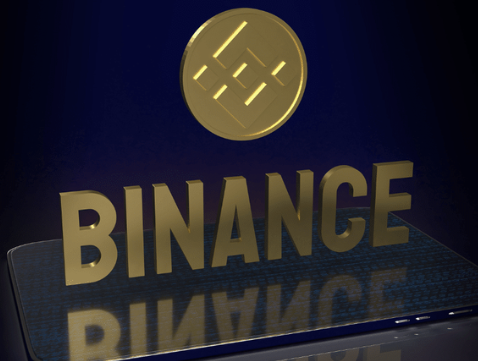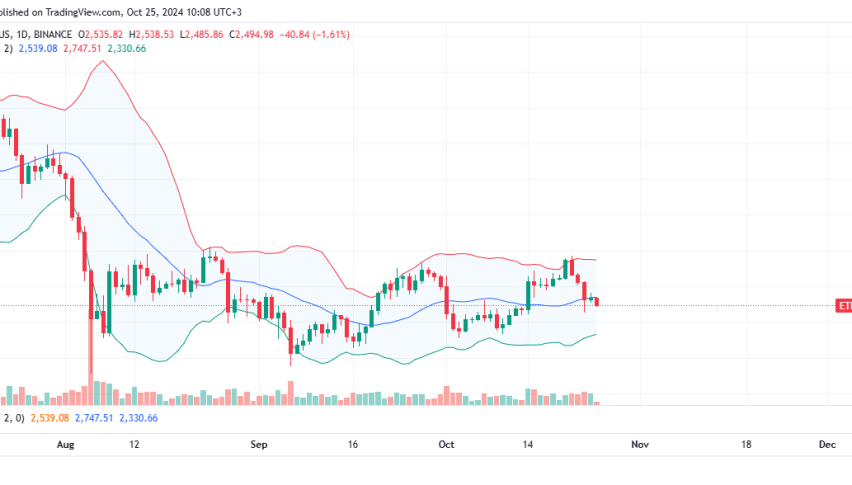Ethereum’s ‘The Verge’ Upgrade to Enable Nodes on Everyday Devices: A Game-Changer for Accessibility
Vitalik Buterin, co-founder of Ethereum, just announced a major update called “The Verge”. This is part of the Ethereum roadmap to make the network more secure and accessible. Nodes can now run on everyday devices like smartphones and smartwatches.

This will lower the hardware requirements and open up participation in the Ethereum network. Right now running a node requires hundreds of gigabytes of data, but The Verge will change that and make solo staking possible.
Stateless Verification: Revolutionizing Node Operations
At the core of The Verge is stateless verification. This solves one of the biggest problems for Ethereum: the amount of data required to run a node. By not having to store the entire blockchain, nodes don’t need to store any data.
Ethereum’s ‘The Verge’ Upgrade to Enable Nodes on Everyday Devices Like Phones and Watches pic.twitter.com/5LrCiIPEIN
— Crypto Era (@_cryptoera_) October 24, 2024
Stateless verification will allow mobile and browser wallets to verify transactions. Verkle trees, a cryptographic solution, will allow for smaller data proofs. This will attract more solo stakers to the network and make it more accessible to users who were previously deterred by the data requirements.
But discussions around security still ongoing. Some developers are concerned about Verkle trees being vulnerable to future quantum computing attacks. An alternative solution using STARK-based binary hash trees is being considered which will provide better long term security.
Lowering Ethereum’s Staking Threshold: Democratizing Network Participation
In addition to the upcoming Verge update, Buterin proposed to lower the staking threshold from 32 ETH to 1 ETH. The current 32 ETH threshold has been a barrier for smaller investors to participate in the Ethereum proof-of-stake (PoS) system. By lowering the threshold Buterin wants to encourage more participation especially from solo stakers and smaller investors. But this proposal raised concerns around network efficiency.
More validators could slow down the finality time of Ethereum which is currently 15 minutes. To mitigate this Buterin proposed “single-slot finality” which will reduce the finality time to 12 seconds. This will allow Ethereum to process transactions almost instantly even with more validators without sacrificing efficiency.
Ethereum’s upgrade "The Verge" will improve security and enable nodes to run on devices as small as phones or smartwatches, says Vitalik Buterin. Big leap for accessibility!
#Ethereum #TheVerge pic.twitter.com/nRuekXdmup
— Satoshi Sweeperr (@satoshisweeperr) October 24, 2024
A Path Forward for Ethereum’s Growth
The Verge update and Buterin’s proposal to lower the staking threshold is part of Ethereum’s continuous effort to grow the user base and security. These changes combined with EIP-4762 to manage gas fees will make Ethereum scalable and more accessible to a broader range of users. As Ethereum evolves it sets the precedent for how decentralized networks can adapt to the growing demands of the digital economy.
Stateless verification will run nodes on smartphones and smartwatches.
Verkle trees and STARK-based binary hash trees.
Lower staking threshold from 32 ETH to 1 ETH.















